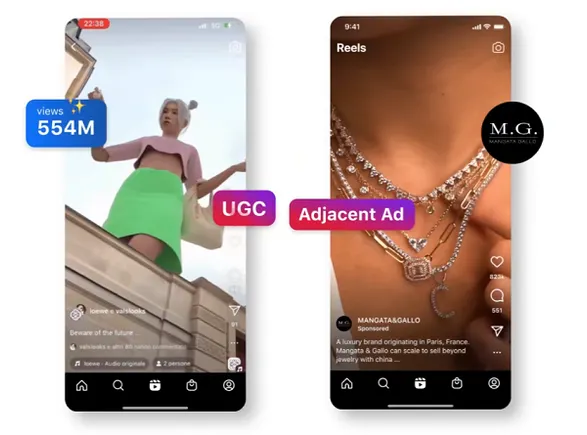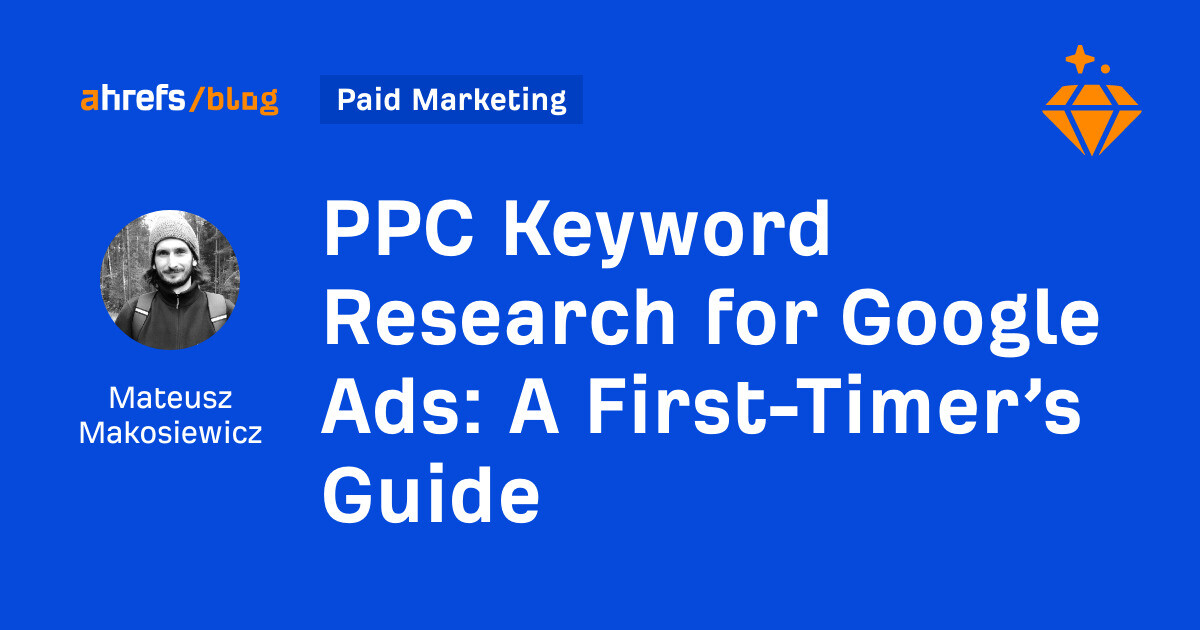What ad-supported streaming TV needs to know to keep on winning
Major streamers, including Amazon, are investing in solutions that take traditional product placement to a whole new level and complement the commercial break.

With Netflix jumping into the fray of ad-supported streaming, advertisers will soon have even more ways to reach consumers. As the competitive environment ratchets up for connected TV (CTV) ad dollars, the stakes for streaming services are getting higher.
Whether you are heavily engaged in CTV or are a smaller, mid-market player, you need offerings that can generate new revenue streams and help you stand out. Streaming services will optimize yield, and brands will maximize their business outcomes and return on ad spend (ROAS), if and only if consumer engagement is high.
For streaming services the question is how to keep viewers watching while increasing revenue per stream?
Today, we’re seeing major streamers invest in tech solutions that take traditional product placement to a whole new level, using programmatic technology to target users with more relevant ad experiences that are seamlessly woven into the stories they love. And when these in-show placements are paired with traditional spots they work even better for brands, which means more revenue opportunities for streaming services.
In fact, we’ve seen the combination boost brand lift and spark a higher likelihood that a viewer will watch the show again. The combined duo of an in-show placement and a traditional 30-second spot results in 16% higher brand recall than two 30-second spots.
Platforms of all shapes and sizes—Tastemade, Vevo, Kidoodle and Amazon, to name a few—have been some of the first to forge new paths in the in-show advertising category. With these examples as inspiration, how do premium streaming services go about building a best-in-class, sustainable in-show offering?
Seamless Integration is the name of the game
Let’s take live sports as a use case. Football season is upon us and the NFL shows no signs of losing its grip as the premier tentpole entertainment property in the U.S. No longer just the province of linear TV, the NFL is now accessible on streaming platforms.
There is no greater lean-in TV experience than football, but this means the equilibrium for a successful brand integration is fragile. It's crucial to understand where these in-show placements live in proximity to pre-existing spots and in the context of the show—for example, during a timeout.
This consideration is not limited to live sports. It’s also crucial in unscripted shows, such as Tastemade’s “Make this Tonight.” When an in-show brand experience is appropriately spaced, streaming services see higher viewer engagement. That means split screen and dynamic overlay in-show placements should not appear less than 90-seconds from a CTV spot and should be a minimum of 90 to 120 seconds apart from one another.
Continuity is also essential to in-show advertising and represents a thorny technical challenge to the industry. If an in-show placement is made in a certain scene, when the camera returns to that scene the product must still be there, perhaps from a different perspective. All the related shots must be grouped together and the product rendered with the same accuracy at different depths and angles.
The effectiveness of in-show ad experiences hinges on the organic blending of the brand into the story or game on screen. Maintaining creative excellence with product insertions requires attention to lighting, angles and color. Traditional VFX workflows continue to evolve rapidly and are increasingly automated. Developing in-show ads no longer take days or weeks, which means more scalability.
Getting brands on board
Getting the viewer experience right from a timing, continuity and creative standpoint is only half the battle. From a buyer’s perspective, in-show integrations must be scalable, repeatable and measurable for success. Suitability is at the core of this imperative. Suitability for brands means finding the right inventory to generate effective placements without jeopardizing brand safety.
All inventory is not created equal, and advertisers need to figure out which is best suited for their brands. Some streaming services might specialize in large scale general entertainment, while others have placed their bets on more narrow genres with lean and loyal viewers.
The analysis required to find the right moment for an in-show placement creates some of the richest contextual metadata we have on shows. All of these data points, which previously were unavailable, now offer buyers important information for targeting inherent in digital media.
As streaming services look to attract and maintain audiences on their ad-supported platforms, new in-show solutions will keep revenue flowing and offer advertisers the peace of mind of knowing they’ll see significant return on their investments. In-show placements paired with traditional 30-second spots represent a new and exciting opportunity to benefit both streaming services and advertisers without compromising the storytelling that audiences expect and deserve.
To learn more about the winning formula for ad-supported streaming, download the white paper today.

 Koichiko
Koichiko 

































